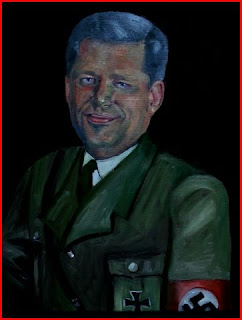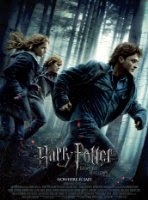Lilias Torrance Newton
1896 - 1980
"It's impossible to jump into a portrait. It takes time to make up my mind about the best, most attractive pose, and as I sketch, my subject becomes natural, more unconscious, and I catch an impression I may have missed at first."
(Lilias Torrance Newton, 1957)
Part of an important group of women artists to emerge from Montreal between the wars, Lilias Torrance Newton was one of Canada's most successful and respected portrait painters. In some 300 portraits of friends, fellow-artists and leading Canadian figures, she conveyed sympathy for her subjects and an understanding of character. Of her subjects, it was her intimate circle that inspired her best work, notable for its informality and sometimes unconventional poses. Newton was the first Canadian to paint portraits of Queen Elizabeth and Prince Philip.
Lilias Torrance was the daughter of Forbes Torrance, an amateur draughtsman and poet. She started taking drawing classes at the Art Association of Montreal at age twelve, and entered the school full-time at sixteen, studying under William Brymner. She moved to London during the First World War to volunteer with the Red Cross, and studied with the Polish-born painter Alfred Wolmark. Returning to Montreal after the war, Torrance established herself as a professional painter, at first creating portraits of friends and family members. She helped found the Beaver Hall Group, participating in its first exhibition early in 1921. In the summer, she married Fred G. Newton, and by the end of the year, had sold two paintings to the National Gallery of Canada. She spent four months in Paris in 1923, studying with the Russian artist Alexandre Jacovleff, considered a master draughtsman, and won an honourable mention at that year's Paris Salon. Soon after returning to Montreal, Lilias Newton was elected Associate of the Royal Canadian Academy. She would be made a full member, only the third woman to do so, in 1937.
Abandoned by her husband in 1931, Newton made a living during the Depression by taking commissions for portraits. When Eric Brown, Director of the National Gallery of Canada, commissioned her to paint him in 1931, he helped to solidify her reputation, and further important commissions followed. Newton also taught, first out of her studio, and from 1934 to 1940, at the Art Association of Montreal, along with Edwin Holgate. She attended the Kingston Conference in 1941, and as an unofficial war artist, was commissioned to paint two portraits of Canadian soldiers. After the war, she traveled across the country painting portraits of the Canadian elite, and in 1957 was commissioned to paint the royal couple.
Newton's drawing Nude Figure (c.1926) demonstrates her deft hand for strong sculptural forms. In Self-portrait (c.1929), she conveys her own strength of character and self-assuredness, using the warm, vibrant palette that is characteristic of her work. The unusual pose and strong triangular composition of Louis Muhlstock (c.1937) makes this one of Newton's most powerful portraits.
Lilias Newton was a founding member of the Canadian Group of Painters. She held an honorary doctorate from the University of Toronto (1972).
Source: National Gallery of Canada
Please click here






















